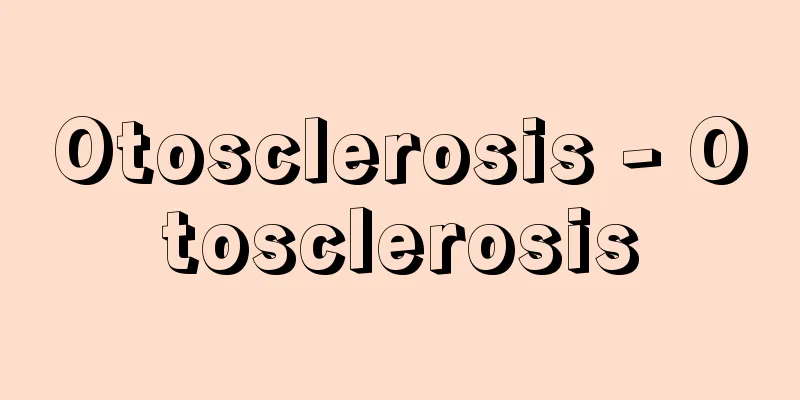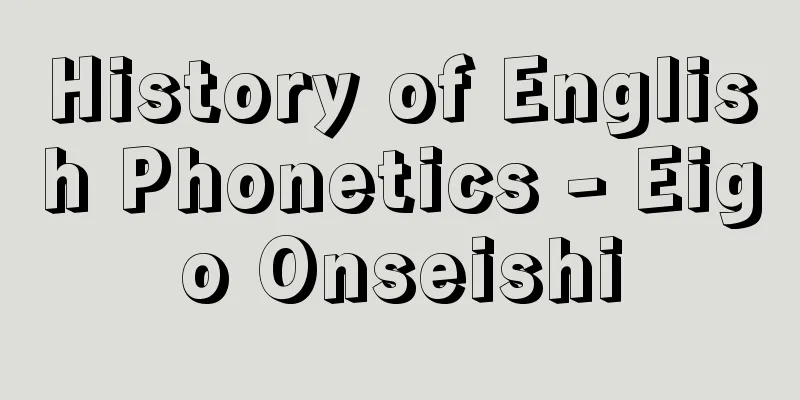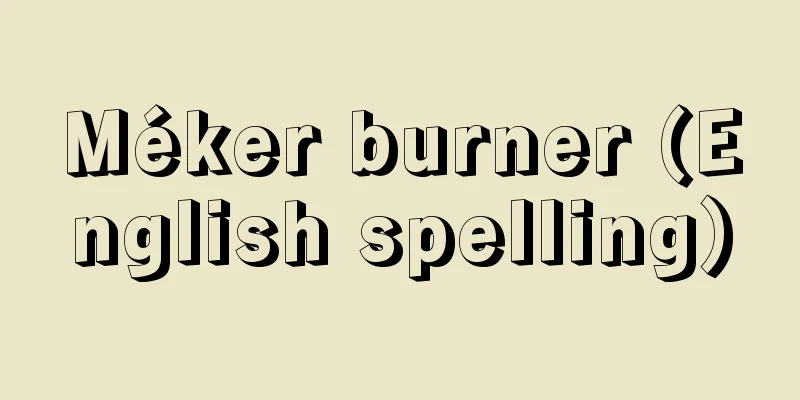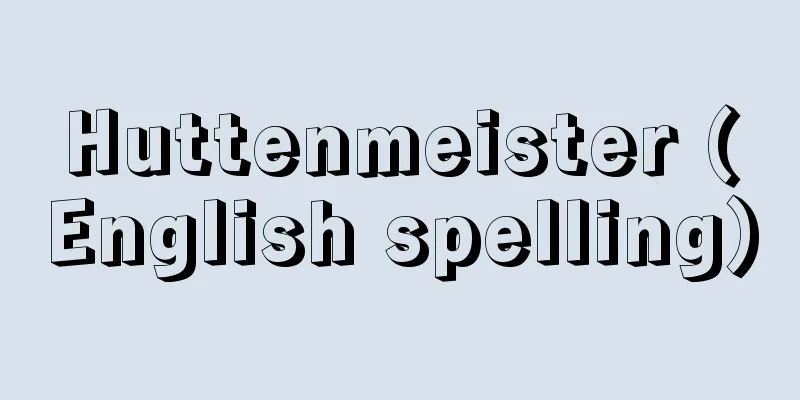Otosclerosis - Otosclerosis

What is the disease? Otosclerosis is The disease is caused by genetic factors and is more common in Caucasians than Asians. It is slightly more common in women, and hearing loss can worsen during pregnancy. How symptoms manifest In many cases, the main symptom is bilateral progressive conductive hearing loss. In Japan, the age at which people become aware of hearing loss is around 30 years old, and the age at which people visit a hospital and receive a diagnosis is around 40 years old. Testing and diagnosisHearing tests usually reveal bilateral conductive hearing loss with greater loss in low frequencies. In addition, tympanometry is used to measure the movement of the eardrum, and diagnosis is based on test findings such as the loss of the stapedius reflex. Although otosclerosis lesions are often not very clear on temporal bone targeted CT, this test is always performed because hearing loss can also be caused by fixation or underdevelopment of other ossicles. Treatment methodsHearing loss caused by otosclerosis is one of the few types of hearing loss where surgery can dramatically improve hearing. Because medical treatments are still under research, people who do not want to undergo surgery use hearing aids. If the hearing loss is mild, surgery is not necessary. Stapes surgery is usually performed under general anesthesia. Various techniques have been developed to restore mobility to the fixed stapes footplate. These include removing the entire or part of the fixed footplate after removing the stapes superstructure, or drilling a small hole of 0.6 mm in the footplate and inserting a piston into it. Recently, specialized microdrills and lasers have been developed, making surgery safer and more reliable. Key points for examinationFor patients with otosclerosis, stapes surgery can often improve hearing, but there is also the possibility of hearing loss due to inner ear disorders, so be sure to see a doctor who specializes in ear surgery. Tetsuro Ikezono Source: Houken “Sixth Edition Family Medicine Encyclopedia” Information about the Sixth Edition Family Medicine Encyclopedia |
どんな病気か 耳硬化症は、 発症には遺伝的要因があり、東洋人より白人に多い病気です。女性にやや多く、妊娠によって難聴が悪化することもあります。 症状の現れ方 両側進行性の伝音難聴が主症状となる場合が多く、日本人では難聴自覚年齢が30歳ころ、病院を受診し診断がつく年齢は40歳ころにピークがあります。思春期以降に発症する進行性伝音難聴で 検査と診断聴力検査では通常両側性で、低音部により難聴がある伝音難聴です。 そのほか、ティンパノメトリーで鼓膜の動きを測り、アブミ骨筋反射の消失などの検査所見を参考に診断します。側頭骨ターゲットCTでは、耳硬化症の病変はあまりはっきりしないことが多いですが、他の耳小骨の固着や発育不全が原因の難聴もあるため、必ずこの検査を行います。 治療の方法耳硬化症による難聴は、手術で劇的な聴力改善が得られる数少ない難聴のひとつです。薬による治療はまだ研究段階なので、手術を希望しない人は補聴器を使います。 難聴が軽い場合は手術の必要はなく、 通常、全身麻酔でアブミ骨手術を行います。固着したアブミ骨底板の可動性を回復する技術がいろいろと開発されています。アブミ骨上部構造を摘出後に固着した底板全体または一部を摘出する方法、底板に0.6㎜の小孔をあけて、そこにピストンを入れる方法などがあります。 最近は専用のマイクロドリルやレーザーが開発され、より安全、確実な手術が可能になってきました。 受診のポイント耳硬化症はアブミ骨手術により高い率で聴力の改善が得られますが、逆に内耳障害により聴覚を喪失する可能性もあるので、耳の手術を専門としている医師による診察を受けてください。 池園 哲郎 出典 法研「六訂版 家庭医学大全科」六訂版 家庭医学大全科について 情報 |
<<: Thought economy - Denkökonomie (English spelling) [Germany]
>>: The School of Politics - Jikougakuha (English spelling)
Recommend
Torbay
A unitary authority in the southwest of England. I...
Green pellet
…Iron ore pellets are made by adding a small amou...
Ohm's law - Ohm's law
This law states that there is a proportional rela...
Band spectrum
…When an electronic state is excited, vibrational...
Ougiya - Ougiya
Craftsmen who produce fans and stores that sell t...
Psychomotor seizure - psychomotor seizure
Although it is an old term in epilepsy, it is stil...
Ohnohara Plateau - Ohnohara Plateau
…The main industry is agriculture, mainly rice fa...
Carbinol
Another name for methyl alcohol. The method of nam...
Management plan - Keieikeikaku (English spelling) management plan
Generally speaking, it is a plan of action to ach...
Peace research
It is an academic field that scientifically inves...
One invention, one application principle
...In general, a patent can be called a grant of ...
English: Eriseo - EriseF
…A Russian-born Japanese scholar. He called himse...
Eratosthenes Era - Eratosthenes Era
…Both the Eratosthenes and Copernicus craters hav...
Frank, IM (English spelling) FrankIM
…He also worked on the development and constructi...
Eclipse year - Shokunen (English spelling)
The period between the passage of the Sun through ...



![Kinoshita [town] - Kioroshi](/upload/images/67d041e70eaf1.webp)





